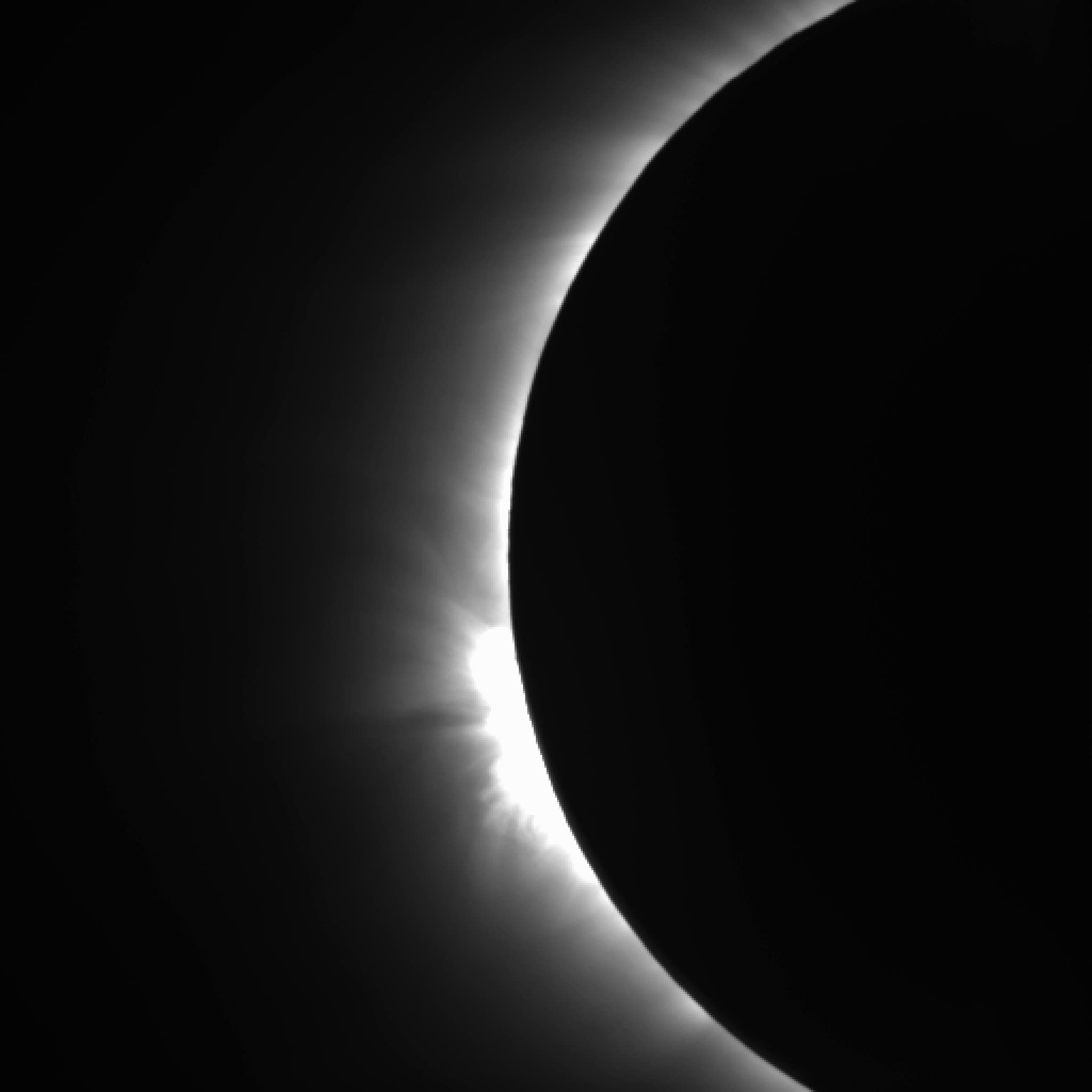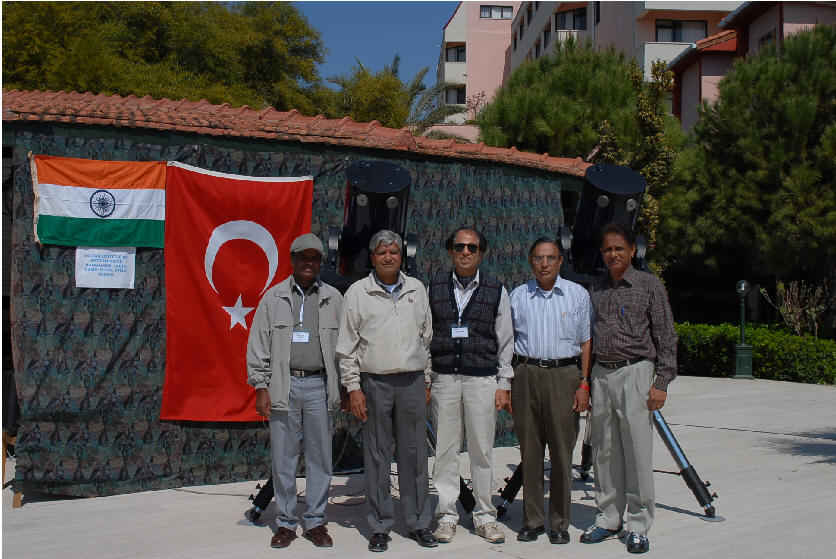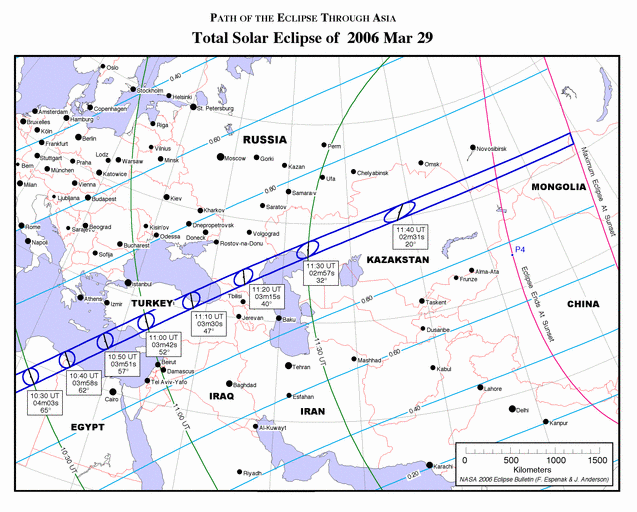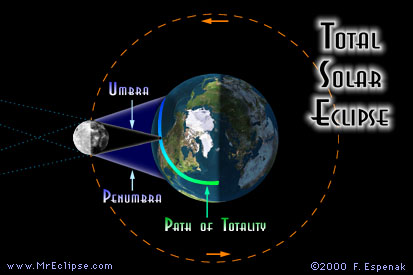Observations of Solar Corona during Total Solar Eclipse of March 29, 2006
There was a total solar eclipse of 4 minute duration, visible from South Africa, Egypt, Turkey and some other middle eastern countries. The weather was very good during the eclipse in Turkey. IIA scientists planned an Indian expedition comprising of teams from IIA, Bangalore and ARIES Nainital to Turkey and to conduct experiments during the total solar eclipse. They performed high spatial resolution narrow band photometry of coronal structures (images shown below) to investigate the waves and the nature of waves from the study of intensity oscillations in the coronal green line and red emission lines. 14 inch Meade telescopes, 0.5 nm pass-band filters and CCD cameras with read out speed at 1 MHz were used.
| Images from Turkey (Eclipse site): | ||
 |
 |
 |
Image of the coronal structures (visible only during eclipses), from left to right : taken with (a) green filter, 100ms exposure, 2x2 binning , (b) red filter, 300ms exposure, 4x4 binning and (c) red filter, 100ms exposure, full resolution
The Scientific background:
The temperature in the solar corona rises to million degrees from about 5700 degrees at the photospheric level. Some models have been proposed to explain the heating of solar corona but the existing models are unable to explain all the physical and dynamical properties of the solar corona. It has been recognized that magnetic fields play an important role in heating up the plasma in the solar corona but identification of the process or processes still remains an open question. It has been proposed that occurrence of micro or nano flares at the surface of the sun can create shock waves and contribute to the heating of solar corona but some have argued that these waves get dissipated in the chromosphere itself and cannot reach the corona. Other type of waves such as fast or slow mode magneto-hydrodynamic waves have been proposed and these are expected to cause intensity and velocity oscillations in the solar corona in the range of 1 Hz and lower frequencies. Many attempts have been made to detect these oscillations but the results are contradictory. A large number of small-scale reconnections have also been proposed to explain the heating of solar corona. Another way to heat the solar corona is to generate waves through turbulence (acoustic waves). The existence of non-thermal motion in the solar corona and its variation with height has also been interpreted to cause heating of the plasma in the solar corona.

The group photo taken at the total solar eclipse site at Manavgat in Turkey
(F. Gabriel, Jagdev Singh, S.S. Hasan, R. Srinivasan and S. Bagare)
The Path of Totality:
Basic Geometry of the Sun, Moon and Earth During an Eclipse of the Sun and the Path of Totality For further deatils on Solar eclipses follow this link.
modified: 30th March 2006



